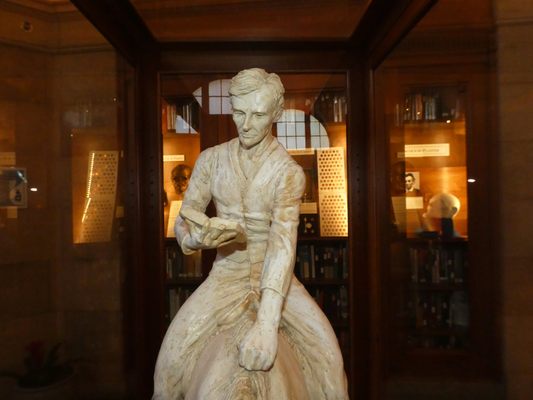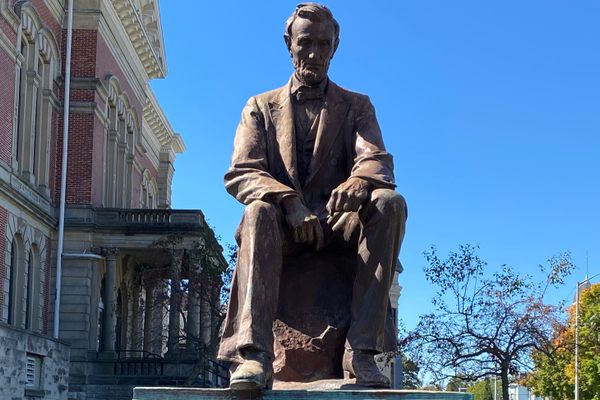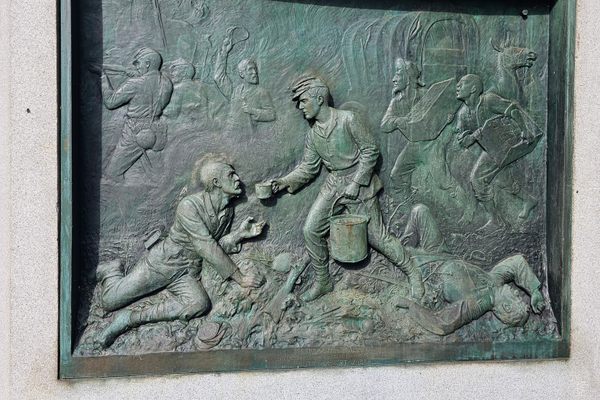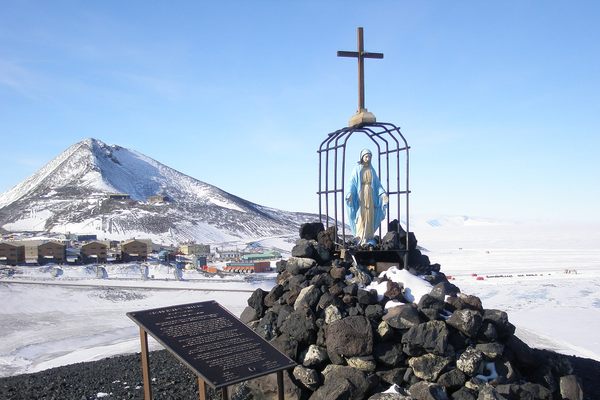About
Despite the fact that Abraham Lincoln never set foot in California, there exists, just 60 miles east of Los Angeles, a small museum focused on America's 16th president and the war waged under his tenure to preserve our Union. The original building was a one-room octagon with a limestone exterior inscribed with quotes from Lincoln. It was gifted to the city in 1932 by Robert and Alma Watchorn, whose own story—and that of the shrine itself—is rather remarkable.
Robert Watchorn was born in England, in 1859. As a child, he worked grueling shifts for meager wages in a coal mine, then found himself doing the same work in America as a young adult. Watchorn helped end child labor in Pennsylvania and worked in immigration. In 1905, he was appointed Commissioner of Immigration at Ellis Island.
In 1909, Watchorn turned to oil and made his fortune with the Watchorn Oil and Gas Company. He and his wife Alma selected Redlands for their winter home. When the U.S. entered into the Great War, their son Emory Ewart Watchorn volunteered with the U.S. Army Air Service, while Robert and Alma supported the war effort from home. Ewart's time as a pilot took a toll on his health. He made it home to California, but complications led to his death at the age of 25.
The bereaved parents envisioned the shrine as a way to honor their son's memory, as both Robert and Ewart had admired President Lincoln. A decade after their son’s death, the Watchorns began bringing the shrine to life. It has since been expanded, with two new wings on either side of the original octagon. Surrounding it are picturesque fountains and patios and a recently dedicated cannon.
The centerpiece of the original octagon is a Carrara marble bust of Lincoln by American sculptor George Grey Barnard. The bust is framed in a well-lit archway with an excerpt from the Gettysburg Address as its backdrop. A mural on the domed ceiling features eight allegorical figures representing facets of Lincoln’s character: wisdom, strength, justice, patience, courage, faith, tolerance, and loyalty. There is also a life mask of Lincoln and a plaster mold of his head, amongst displays about his career in law and politics. The most recent acquisition appears to be a Rail Splitters’ Brigade ax, a common accouterment of the Wide Awakes, who rallied behind Lincoln during the 1860 presidential campaign.
One of the wings contains Civil War-era artifacts like hardtack, a coffee pot, a 16-pound cannonball, a snare drum, and a whole slew of surgical instruments. Tucked away among these artifacts are some interesting stories, such as that of William Lugenbeal, who survived the sinking of the Sultana with the help of an ill-fated alligator. There are also sentimental keepsakes from the Lincolns themselves, including locks of hair from Mary Todd and Willie.
A post-WWII Norman Rockwell painting, alternately titled The Long Shadow of Lincoln or Thoughts on Peace on Lincoln’s Birthday, recognizes Lincoln’s legacy nearly a century after his death. A disabled veteran in uniform is the central focus of the piece, but his eyes are locked on the top left corner of the frame, where a bust of Lincoln is partially in view. This small museum is rounded out with a couple of interactive stations—a telegraph machine on which to test your skill with Morse code, as well as a kitschy, but oddly charming photo-op with an Abe Lincoln cut-out.
Related Tags
Know Before You Go
The Lincoln Memorial Shrine is open from 1 p.m. to 5 p.m., Tuesdays to Sundays. It is closed on major holidays, with President’s Day as a notable exception—it’s the only Monday of the year that the museum is open.
The Lincoln Memorial Shrine also has a research collection, located in the Heritage Room of the Smiley Library and accessible by appointment.
Published
March 22, 2022








































